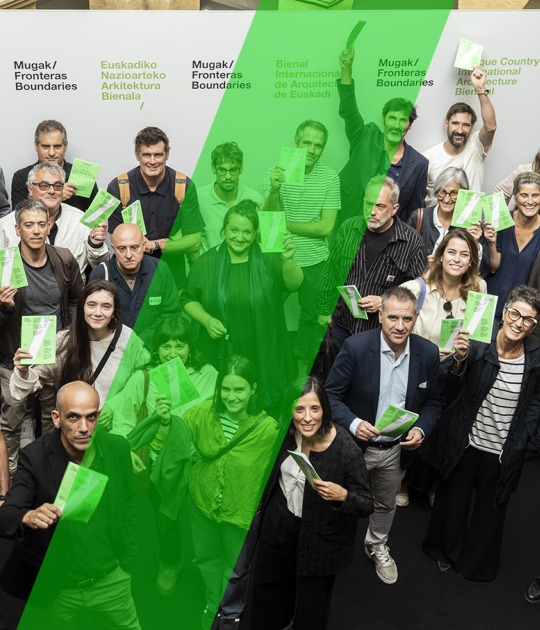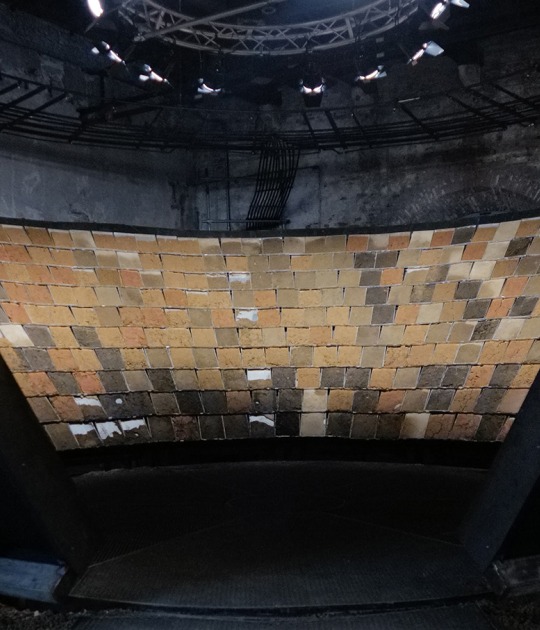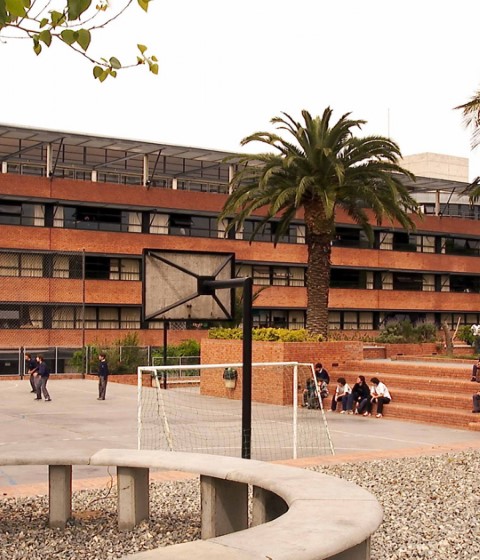Every three years, the Gurvich Museum presents a structural thematic axis that encompasses the diverse practices of all its areas. On this occasion, 2025-2027, the defined central axis, "Polyphonic Gurvich," explores the theme of identity. To this end, curator Rafael Lorente selected several artists to speak about place, space, atmosphere, and their resulting relationship with the artist's identity.
Next Thursday, July 24th, at 5:30 p.m., there will be a panel discussion moderated by Rafael Lorente and some of the artists featured in the exhibition.
The exhibition "Places, Works on Paper" presents works by artists from different generations, who, with personal perspectives and diverse tools, contribute collective ideas concurrent with the notion of place.

José Gurvich. Neighbors of the Hill. Pencil, 10 × 14 cm. 1958.
Organized in eight sectors or islands, the exhibition addresses the artistic production of different generations from 1920 to the present, contributing, through personal perspectives and diverse tools, a series of collective ideas concurrent with the notion of place. The selection is the responsibility of the curator and is based on criteria of quality, representativeness, and availability.
Sectors
1/ José Gurvich's Drawings: Montevideo's Hill
2/ Places of the TTG. Master and Friends
3/ Fernando Giordano. In the Beginning Was the Hill...
4/ Luis Díaz. Under the Bridges
5/ Alfredo Ghierra. These Places Exist: A Dreamlike Montevideo
6/ Pedro Cracco
7/ Arturo Villaamil. Glaz
8/ Places, Architects' Drawings

Fernando Giordano. Star Detour. Drawing, etched on Sintra, 56 × 77 cm, 2024.
José Gurvich
The concept of identity is fundamental to José Gurvich's work. Far from being limited to a single tradition, his work is a celebration of diversity, pluralism, and the intersection of cultures.
The artist's life and work reflect a multiplicity of origins, experiences, and belongings. Through his Jewish heritage, his connection to art, his travels, and his time in diverse communities—Cerro and the Sur neighbourhood in Montevideo, the kibbutz in Israel, and New York—Gurvich constructed a complex and dynamic identity, constantly evolving.

Alfredo Ghierra. The Ship of Empires. Graphite and ink on paper, 69 × 50 cm, 2013.
"When Gurvich moved to the Hill around 1957, his painting was gradually permeated by the place. The artist is thus an interpreter of the spirit of the site. This refers not only to the visual aspects, but also to its stories, its people, its anecdotes. The Hill and its circumstances are captured and experienced by Gurvich in his daily life and are returned to us through his gaze and his craft as a painter."
Gurvich and the Hill (Catalog), Rafael Lorente Mourelle, 2017.
With this exhibition, the Gurvich Museum proposes an interdisciplinary reflection on the place through art, in dialogue with disciplines such as geography, history, psychology, and urban planning. It is an opportunity to consider how inhabited space constructs our identity and collective memory. Art reveals itself as an open and transformative process, inviting each visitor to review and redefine their place in a constantly changing world.
































































